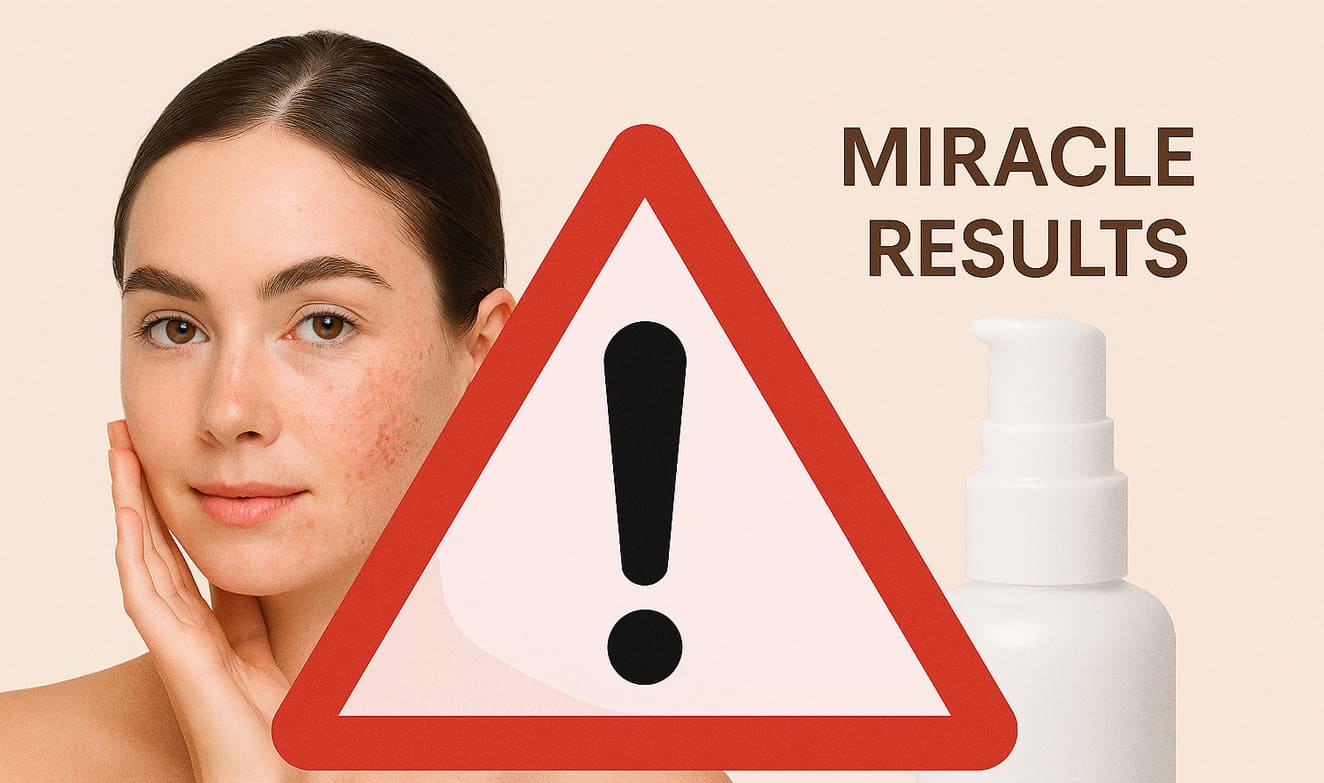The beauty and skincare industry has exploded online in recent years. From TikTok influencers to Instagram ads, millions of products promise flawless skin, overnight transformations, and “miracle” results. But behind these glossy visuals and influencer endorsements lies a growing and dangerous problem — the rise of fake beauty brands on social media.
The Allure of the Perfect Ad
Social media has redefined how consumers discover and purchase skincare products. A perfectly edited reel, a before-and-after transformation, or a limited-time “exclusive offer” can instantly drive thousands of clicks.
But what many people don’t realize is that a large number of these brands are not legitimate. They operate without proper licenses, use untested ingredients, and sometimes disappear after collecting payments — leaving consumers with damaged skin, empty wallets, and no accountability.
The Rise of Counterfeit and White-Label Scams
Many fake beauty brands rely on white-label factories or unregulated suppliers that mass-produce low-quality formulations. These are then rebranded with fake “luxury” packaging, professional product photos, and fabricated testimonials.
Some even steal branding and visuals from established companies, misleading buyers into believing they’re purchasing from a trusted source.
Worse, several counterfeit beauty products contain harmful chemicals such as:
- Mercury, which can cause skin thinning and kidney damage
- Hydroquinone, a banned bleaching agent in many countries
- Corticosteroids, that may lead to permanent skin damage
The lack of ingredient transparency makes these products especially dangerous for users with sensitive skin or medical conditions.
Social Media’s Role in the Problem
Social media platforms like Meta (Facebook & Instagram), TikTok, and Snapchat have become the primary marketing channels for these fake brands. Their algorithms reward high engagement, not product authenticity.
Scammers exploit this system by:
- Running highly targeted ads with attractive visuals and fake reviews
- Creating new pages every few weeks to evade reporting or bans
- Using bots to inflate likes, comments, and credibility
While Meta and others have verification programs for advertisers, there is no active verification for product legitimacy — especially in industries that directly affect consumers’ health and safety, such as skincare.
Consumer Trust at Stake
The beauty industry thrives on trust. When fake brands infiltrate the ecosystem, legitimate businesses suffer. Verified, high-quality brands that invest in dermatological testing and ethical manufacturing lose visibility against cheaper, deceptive competitors who spend aggressively on unregulated ads.
This erodes consumer confidence and creates confusion. Customers no longer know which products are safe, who to trust, or which ads to believe.
In a space where skin health equals personal health, this lack of accountability is unacceptable.
Why Verification Is the Need of the Hour
It’s time for Meta, TikTok, and other social platforms to implement mandatory verification for skincare and personal care brands — similar to how financial or political advertisers must undergo identity verification.
A verified beauty brand badge or “authentic seller” label could:
- Protect consumers from counterfeit and unsafe products
- Promote ethical and transparent businesses
- Encourage compliance with health and safety standards
- Build a safer, more reliable e-commerce ecosystem
Verification doesn’t just protect consumers — it elevates honest brands that are trying to compete fairly in a market flooded with misinformation.
What Consumers Can Do
Until platforms strengthen their verification systems, users must take responsibility for their own safety. Here are a few key steps:
- Research the brand — Check their website, customer reviews, and product certifications.
- Avoid impulse buying from ads — Especially if the product has no physical store, dermatologist backing, or real-world presence.
- Be wary of “miracle” claims — Legitimate skincare takes time; fake brands promise instant results.
- Report suspicious ads — Flag fake sellers to help protect others.
The Road Ahead
As the beauty market continues to grow — expected to surpass $850 billion by 2030 — the line between genuine and fake will blur even more if social platforms don’t act now.
Beauty is not just about appearance; it’s about health, confidence, and trust. The digital world needs to evolve beyond filters and hashtags — toward authenticity and accountability.
Because behind every “pretty ad,” there could be a dangerous product — and a consumer who deserves better.


